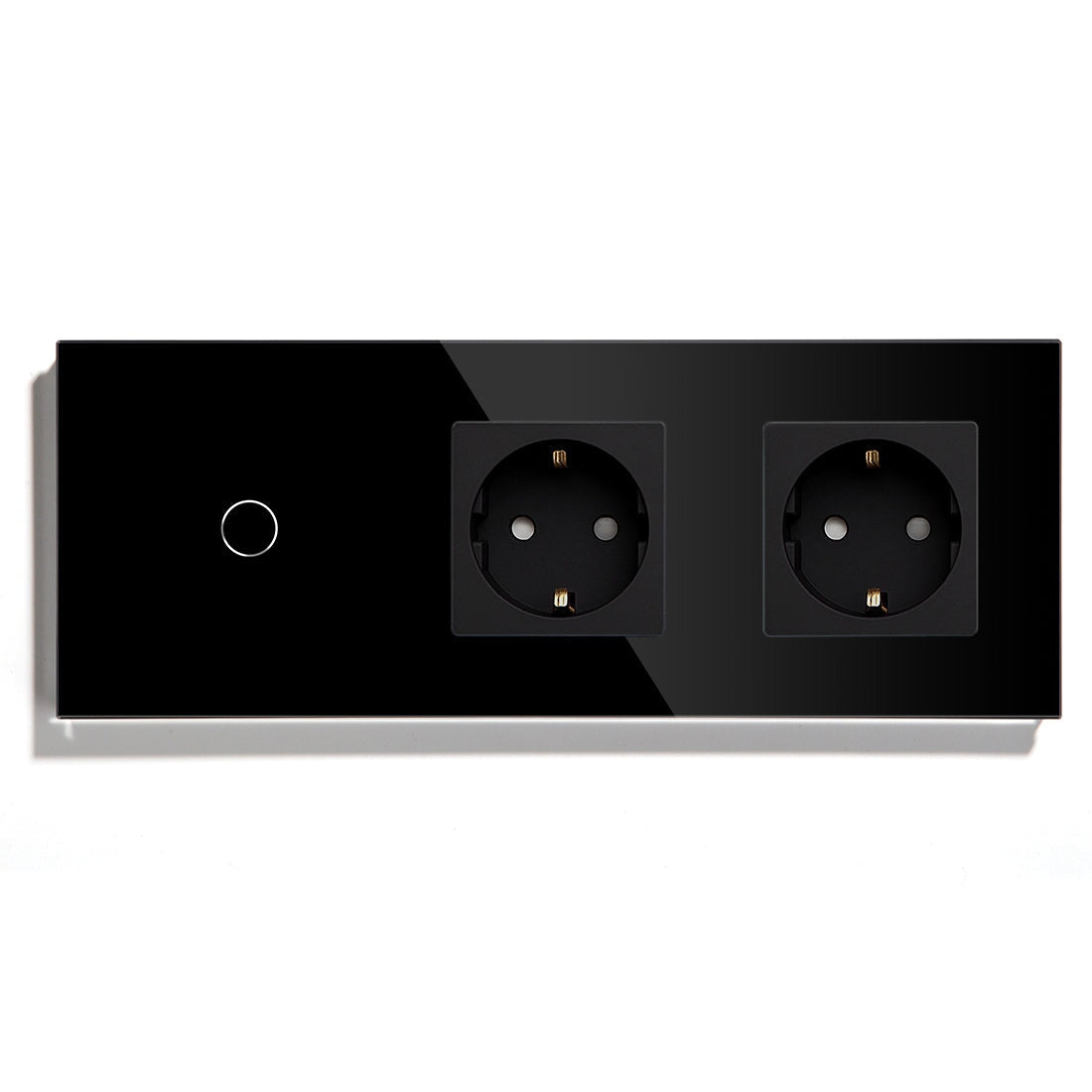What is a WiFi Switch?
What is a WiFi Switch?
A wifi switch, or smart light switch, is a device that allows you to control your lights using an app on your smartphone.wifi switch These switches are a convenient and cost-effective way to add home automation capabilities without the need for new wiring or breaking down walls to run wires. You’ll need a light fixture with a compatible wireless module to use one of these switches, and they are available for many different types of lights. The switch itself connects to your existing electrical system through the traditional light fixture wiring, but it communicates with the hub and your smartphone over a WiFi or Bluetooth connection. There are a wide variety of options to choose from, including smart home hub systems like IFTTT and mesh WiFi networks.
Smart switches work on a 2.wifi switch 4 GHz home Wi-Fi network, which provides a reliable and stable signal. Unlike some other smart home devices, which can be powered by your router's 5.0 GHz signal, most switches work on the lower-powered 2.4 GHz connection to avoid interfering with your other smart devices.
You can also find switches that operate on a mesh WiFi or dedicated smart home wireless protocol, like Zigbee or Z-Wave.wifi switch These can be used in larger homes where the 2.4 GHz home Wi-Fi may have less range than a typical router.
Compared to a network hub, switches have the added advantage of being able to deliver more data at once.wifi switch A hub has a limit on how much bandwidth it can share among users on a local area network (LAN), so sending or receiving a large amount of data from or to a hub-based system can take longer than with a switch.
When a switch receives a packet of data from another device on the network, it reads the header to identify the destination MAC address (think of this as the electronic equivalent of a postal address).wifi switch It then directs the packet to its intended destination. Switches can also learn MAC addresses over time, which further streamlines data delivery.
In addition to delivering more data at once, switches offer more features and customization options than a hub-based network. For example, managed switches can support virtual LANs (VLANs), quality of service settings and IP routing, which provide more security for your network. These advantages come at a price, however; managed switches are generally more expensive than unmanaged ones.
You can install a wireless switch yourself by splicing the neutral wires together and covering them with a wire nut; then mounting the switch, connecting it to the power and rewiring your circuit breaker. You'll need a screwdriver, some basic DIY skills and a little bit of patience to get your smart light switch up and running. Depending on the model you choose, it might be possible to do this with an existing switch panel, as long as it has a neutral wire. You'll need to turn off the power at your circuit breaker before starting the process, and you should always follow the instructions provided with the product.















